As a photography enthusiast, you know that good photography is about capturing the essence of a subject and telling a story in a single frame. But when it comes to mastering indoor photography, the challenge is to create stunning shots in a controlled environment. Indoor photography requires a different set of skills, and as a photographer, you need to be able to master them to produce exceptional results.
In this article, we will take you through the essential tips and tricks for mastering indoor photography. We will cover everything from understanding lighting to choosing the right camera settings, composition, editing, and overcoming common challenges. By the end of this article, you will have a comprehensive understanding of how to take photos indoors and produce stunning results.
Table of Contents
- Why Indoor Photography is Important
- Understanding Lighting for Indoor Photography
- Tips for Using Natural Light in Indoor Photography
- Using Artificial Lighting for Indoor Photography
- Choosing the Right Camera Settings for Indoor Photography
- Composition and Framing for Indoor Photography
- Editing Indoor Photos for Best Results
- Common Challenges and How to Overcome Them
- Indoor Photography Ideas and Inspiration
- Conclusion
1. Why Indoor Photography is Important
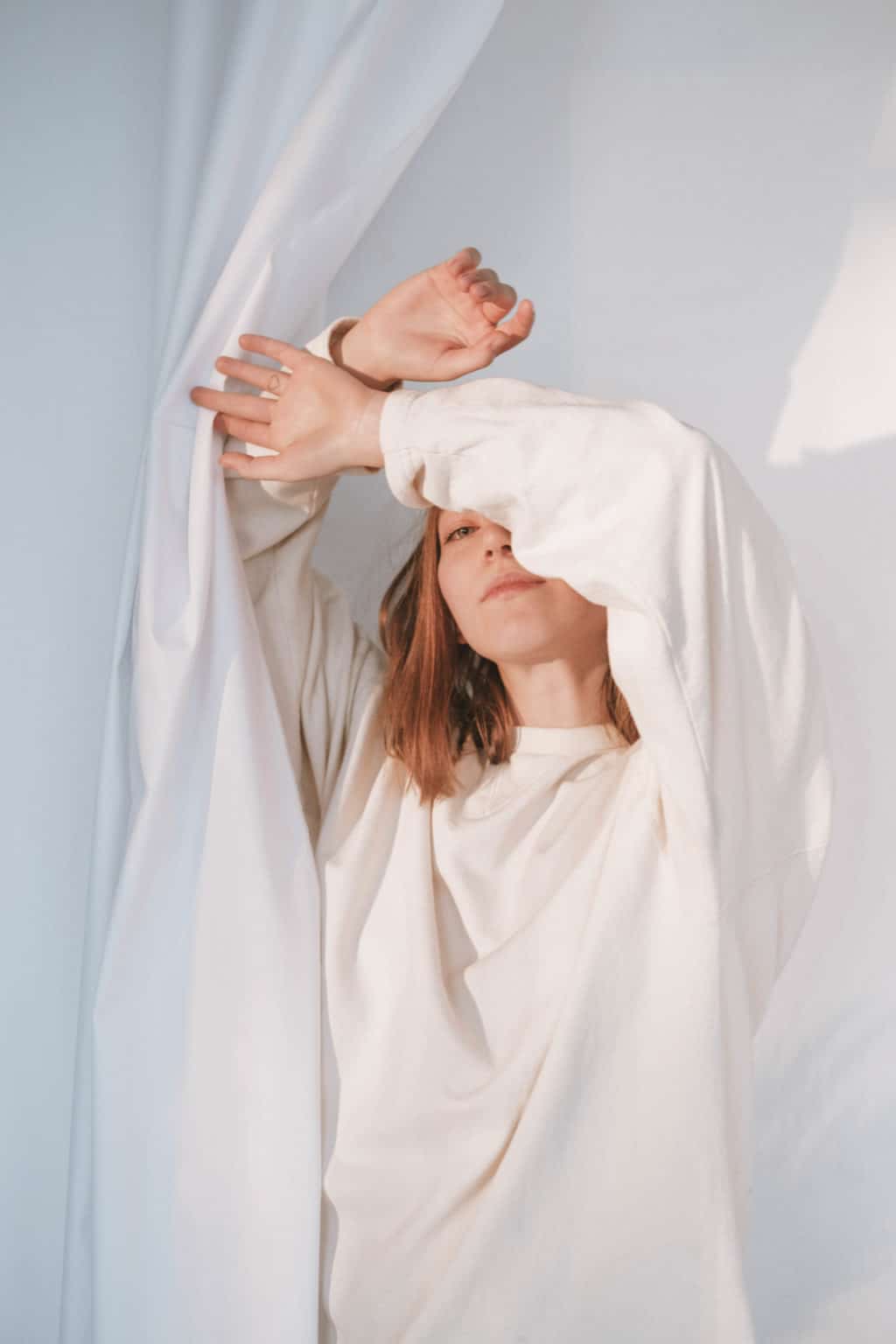
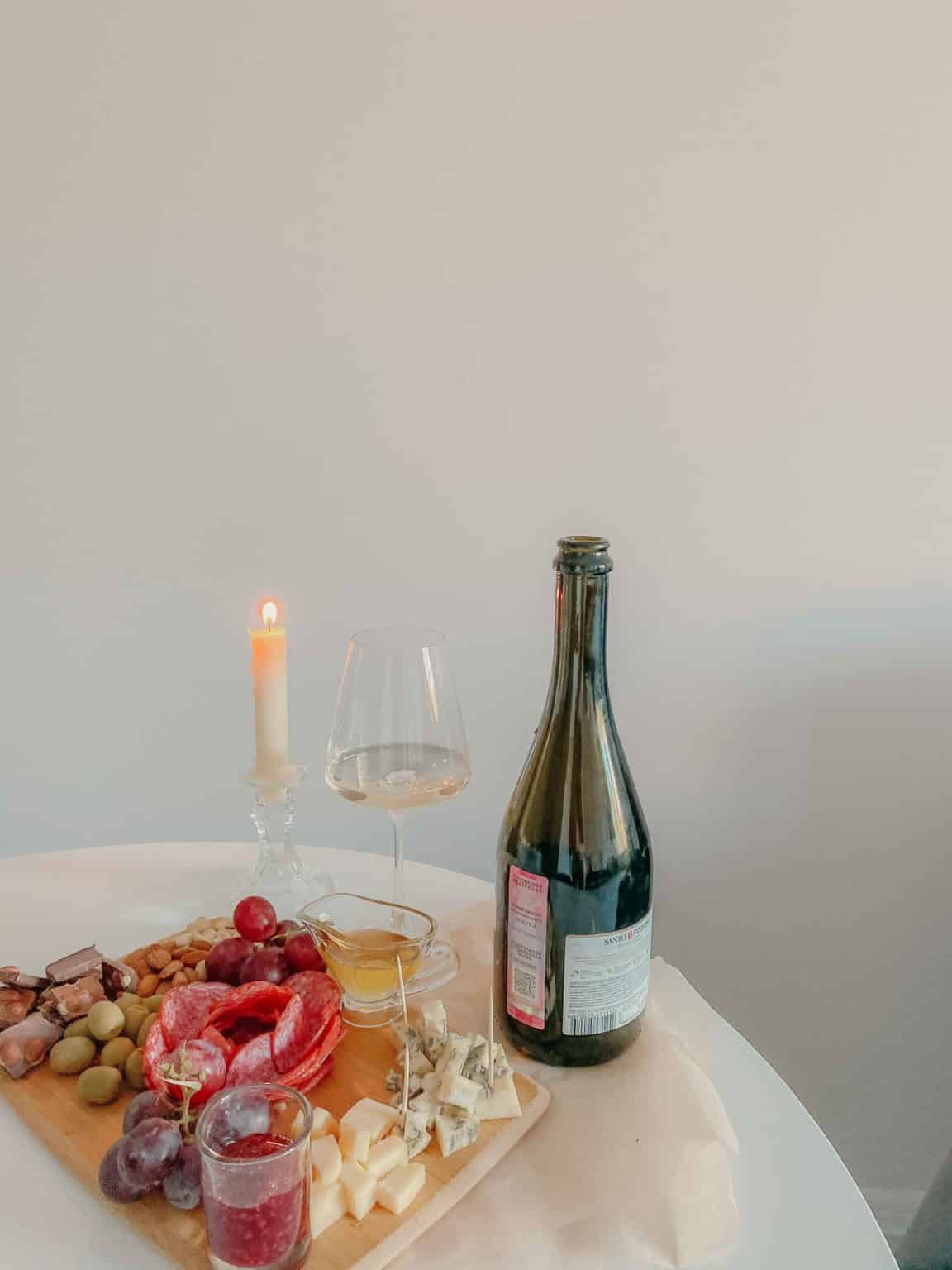
Indoor photography is essential because it allows you to capture moments that happen indoors. These moments could be anything from a family gathering to a product photoshoot. Indoor photography can also be a source of income for many photographers as it is in high demand for events, real estate, and product photography.
Indoor photography requires a different set of skills than outdoor photography due to the controlled environment. With indoor photography, you have more control over the lighting and composition of the shot. Therefore, it is crucial to understand the nuances of indoor photography to produce stunning shots.
2. Understanding Lighting for Indoor Photography
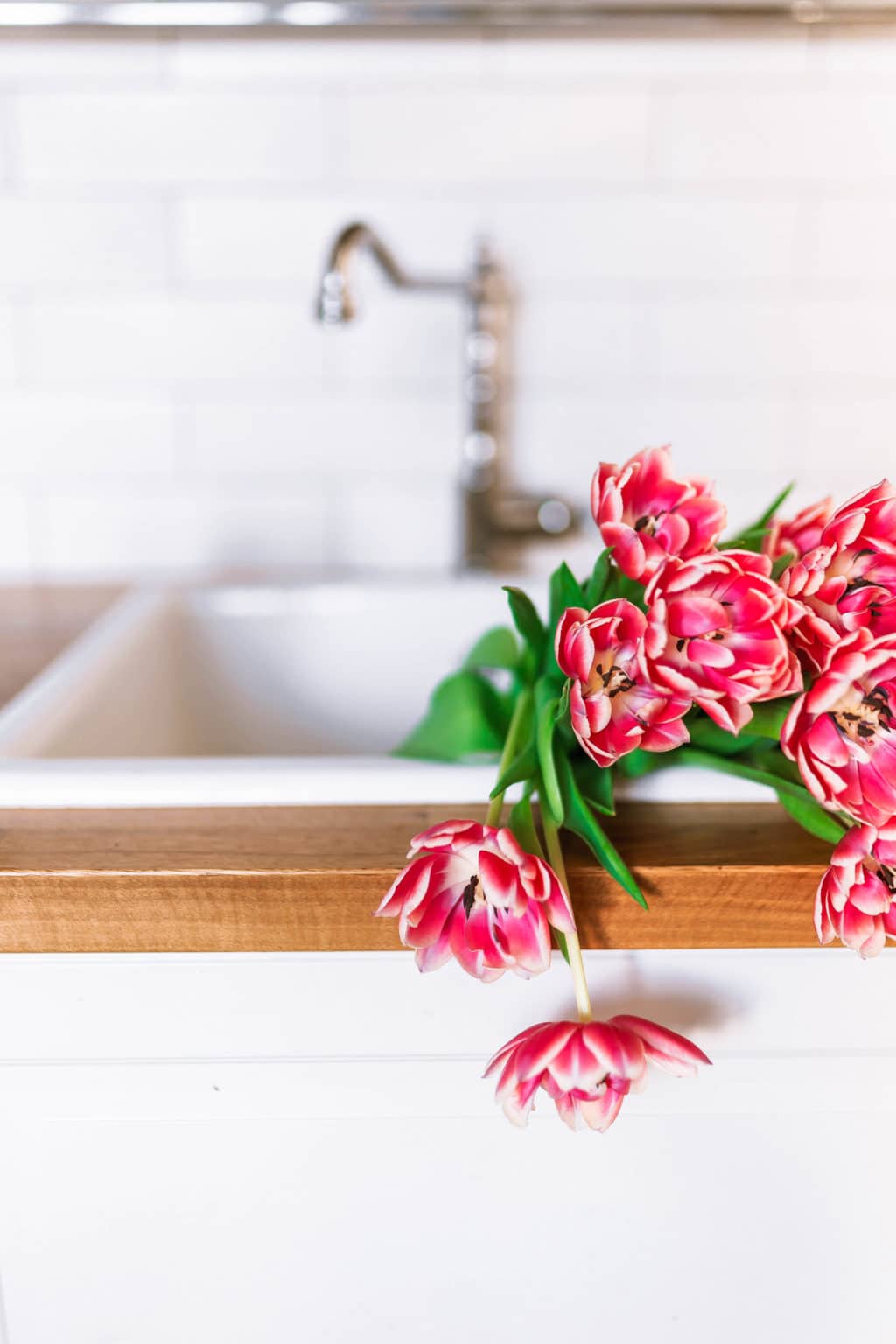
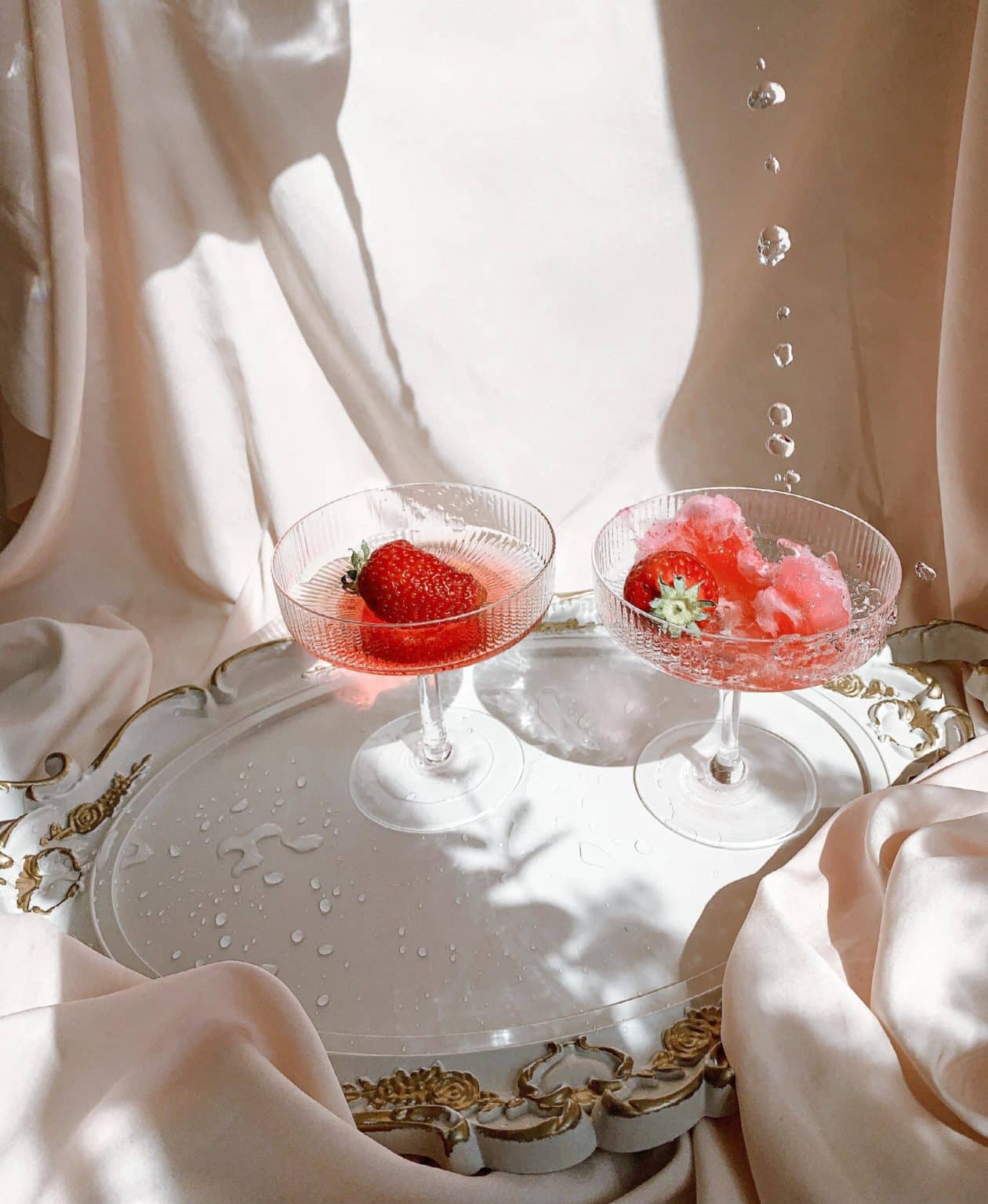
Lighting is one of the most critical aspects of indoor photography. It can make or break a shot. Understanding lighting is essential because with indoor photography, you have less natural light to work with than outdoor photography. Therefore, you have to rely on artificial lighting sources.
When it comes to lighting, there are two types: natural and artificial. Natural light is the light that comes from the sun, whereas artificial light is the light that comes from man-made sources, such as lamps and light fixtures.
To make the most of natural light, you need to understand the direction and quality of light. The direction of light can create shadows and highlights that add depth and dimension to your photos. The quality of light refers to the hardness or softness of the light source. Soft light sources create a more flattering and even light, whereas hard light sources create harsh shadows.
Artificial lighting is also essential in indoor photography. The most common types of artificial lighting are tungsten, fluorescent, and LED. Each type of lighting has a different color temperature that can affect the overall look of your photos.
3. Tips for Using Natural Light in Indoor Photography
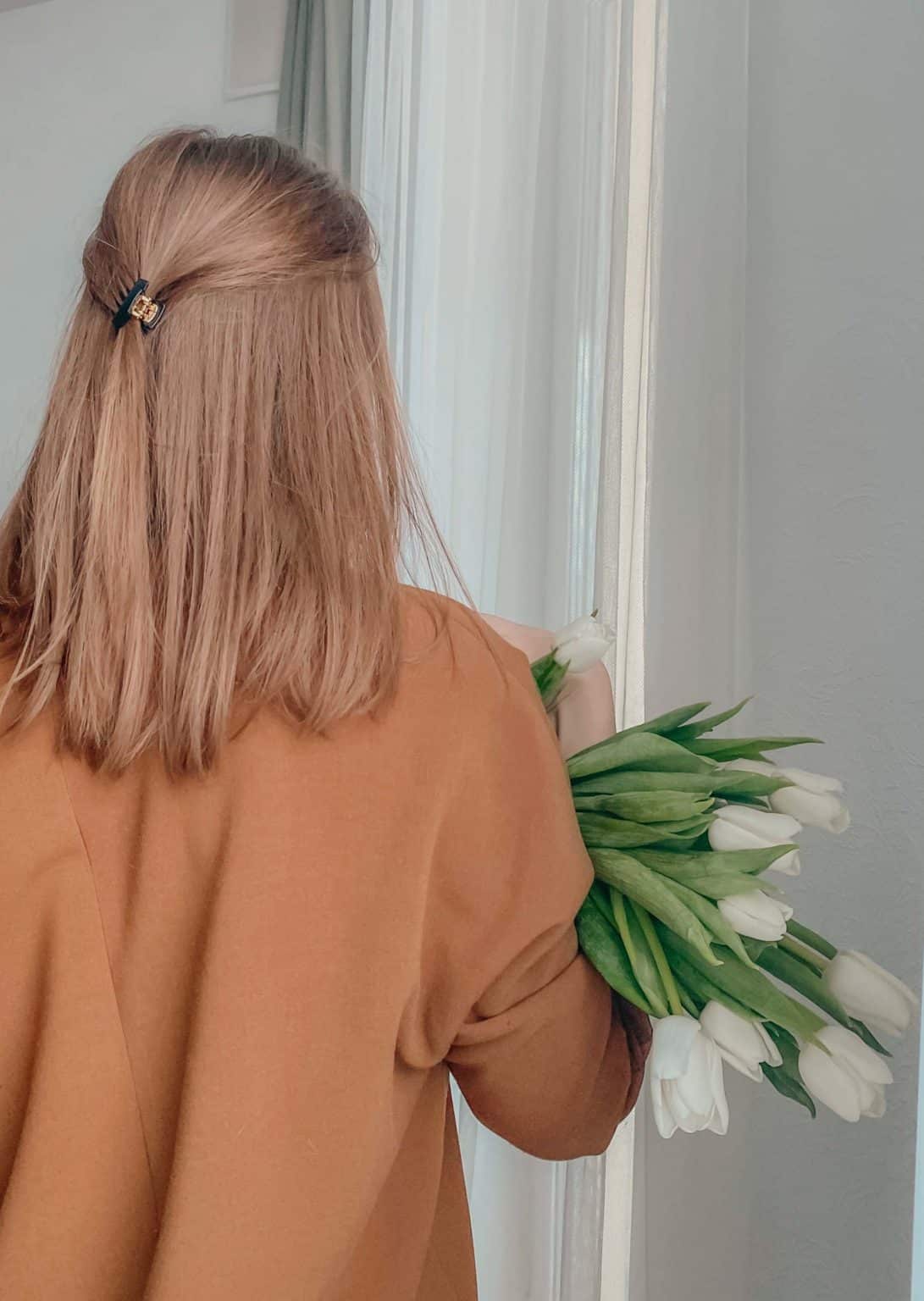

Using natural light in indoor photography requires an understanding of how light behaves indoors. The first tip is to look for the best source of natural light in the room. Usually, windows provide the best source of natural light. Position your subject near the window and use a reflector to bounce light back onto the subject’s face.
The second tip is to use the right time of day. The best time to shoot with natural light is during the golden hour, which is the hour before sunrise and the hour after sunset. During this time, the light is soft, warm, and creates long shadows that add depth and dimension to your photos.
The third tip is to be aware of the weather conditions. On cloudy days, the light is more diffused and creates a soft, even light that is perfect for indoor photography.
4. Using Artificial Light for Indoor Photography
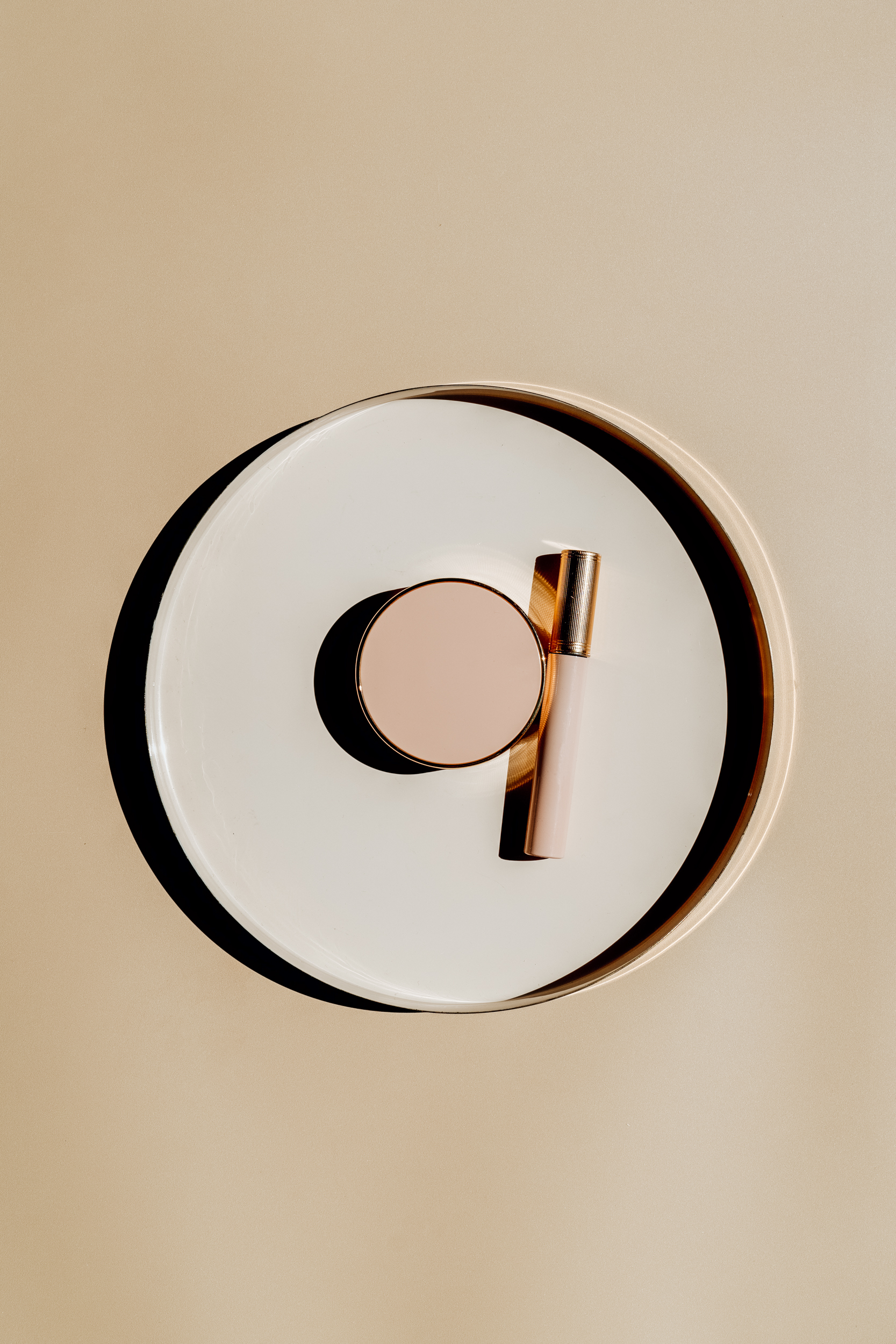

The second tip is to use multiple light sources. Using multiple light sources can create depth and dimension to your photos. You can use a combination of key lights, fill lights, and backlights to create a three-dimensional effect.
The third tip is to use diffusers and reflectors. Diffusers soften the light, making it more even and flattering, while reflectors bounce light back onto the subject’s face, creating a more flattering and even light.
5. Choosing the Right Camera Settings for Indoor Photography
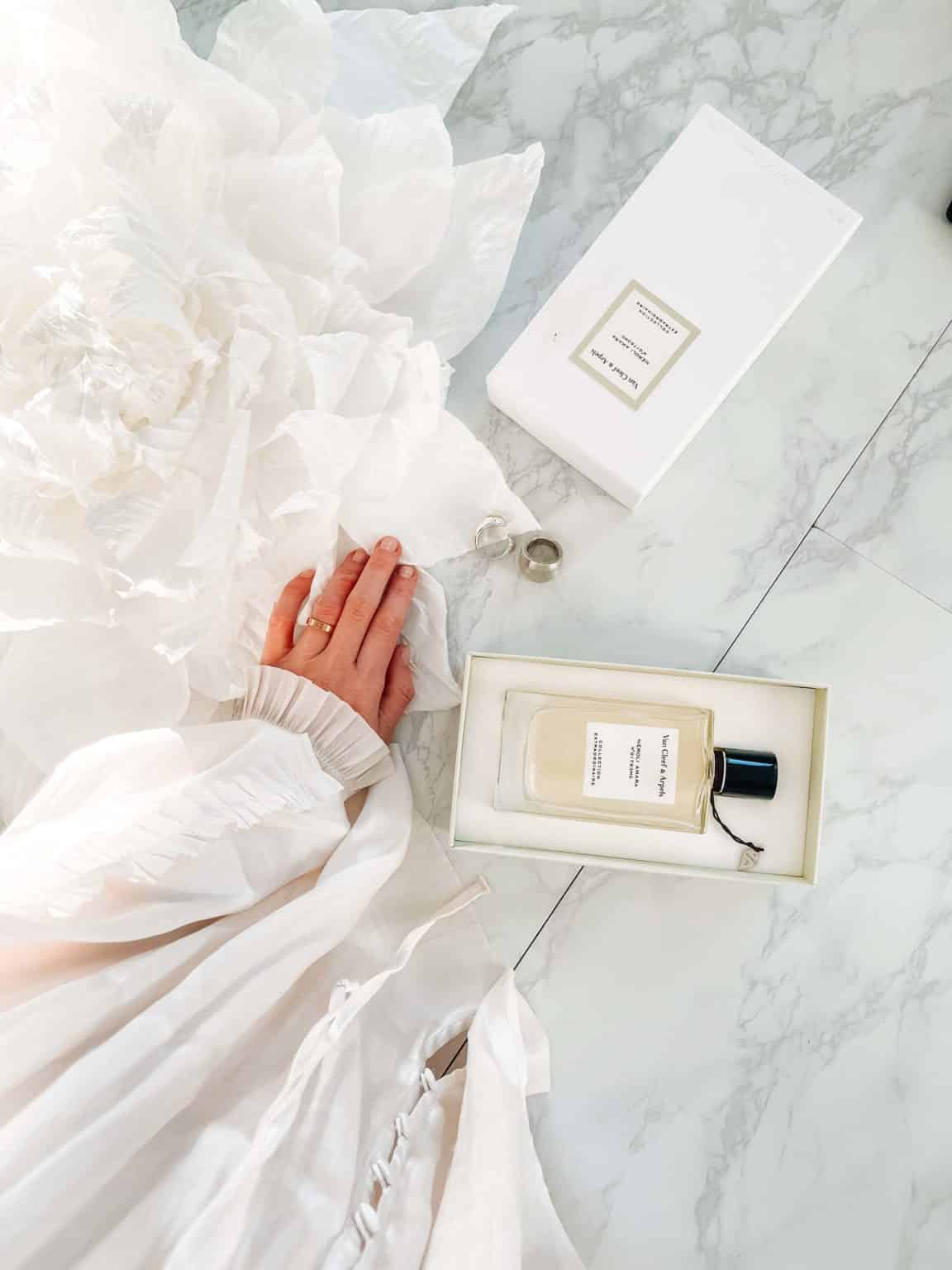

Choosing the right camera settings for indoor photography is essential to produce stunning shots. The first setting to consider is ISO. ISO determines the camera’s sensitivity to light. A higher ISO setting allows you to shoot in low light conditions, but it can also introduce noise or grain to your photos.
The second setting to consider is aperture. Aperture controls the depth of field, which is the area of the photo that is in focus. A wide aperture creates a shallow depth of field, which is perfect for portraits, while a narrow aperture creates a deep depth of field, which is perfect for landscapes.
The third setting to consider is shutter speed. Shutter speed controls how long the camera’s sensor is exposed to light. A slow shutter speed creates motion blur, while a fast shutter speed freezes motion.
6. Composition and Framing for Indoor Photography
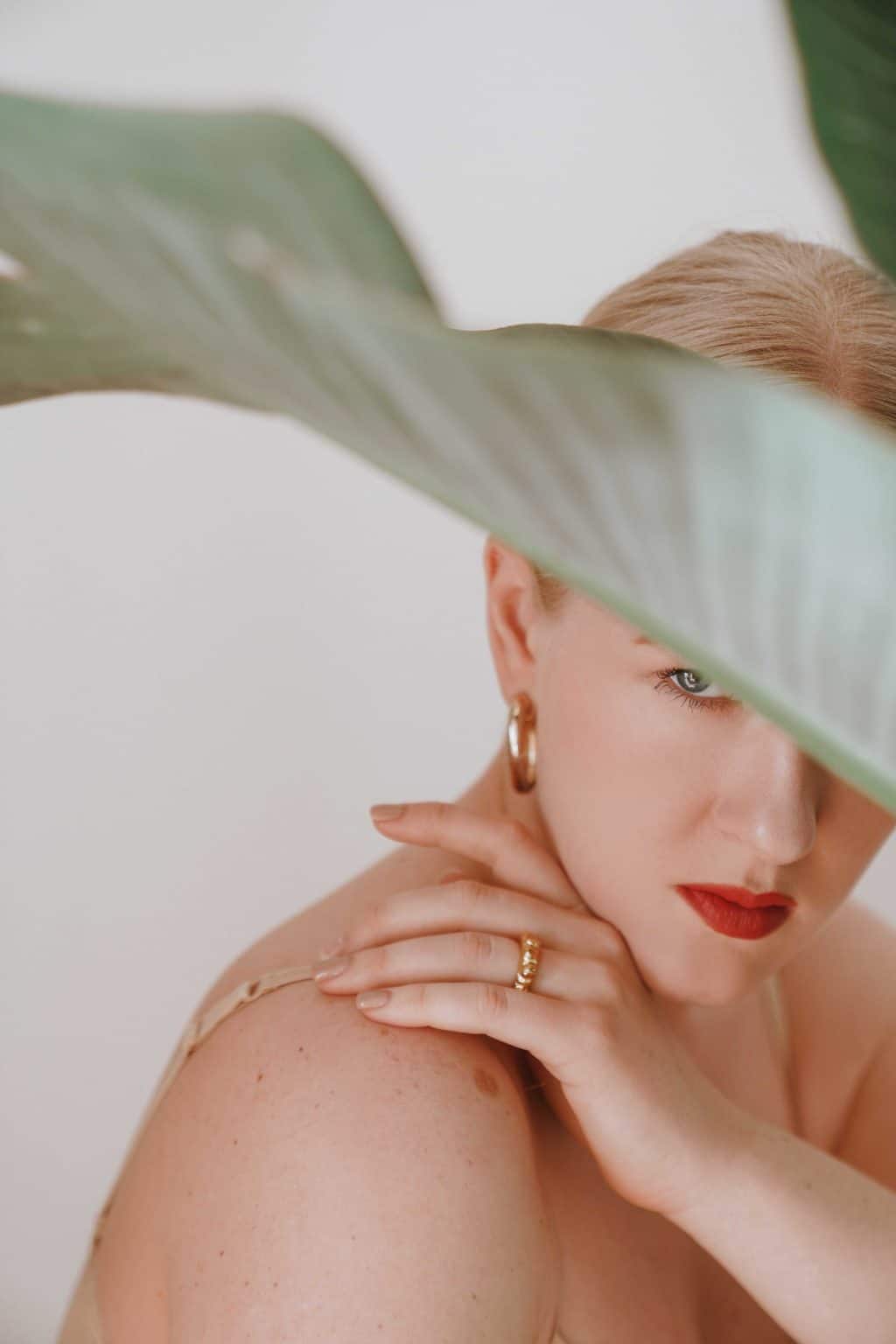
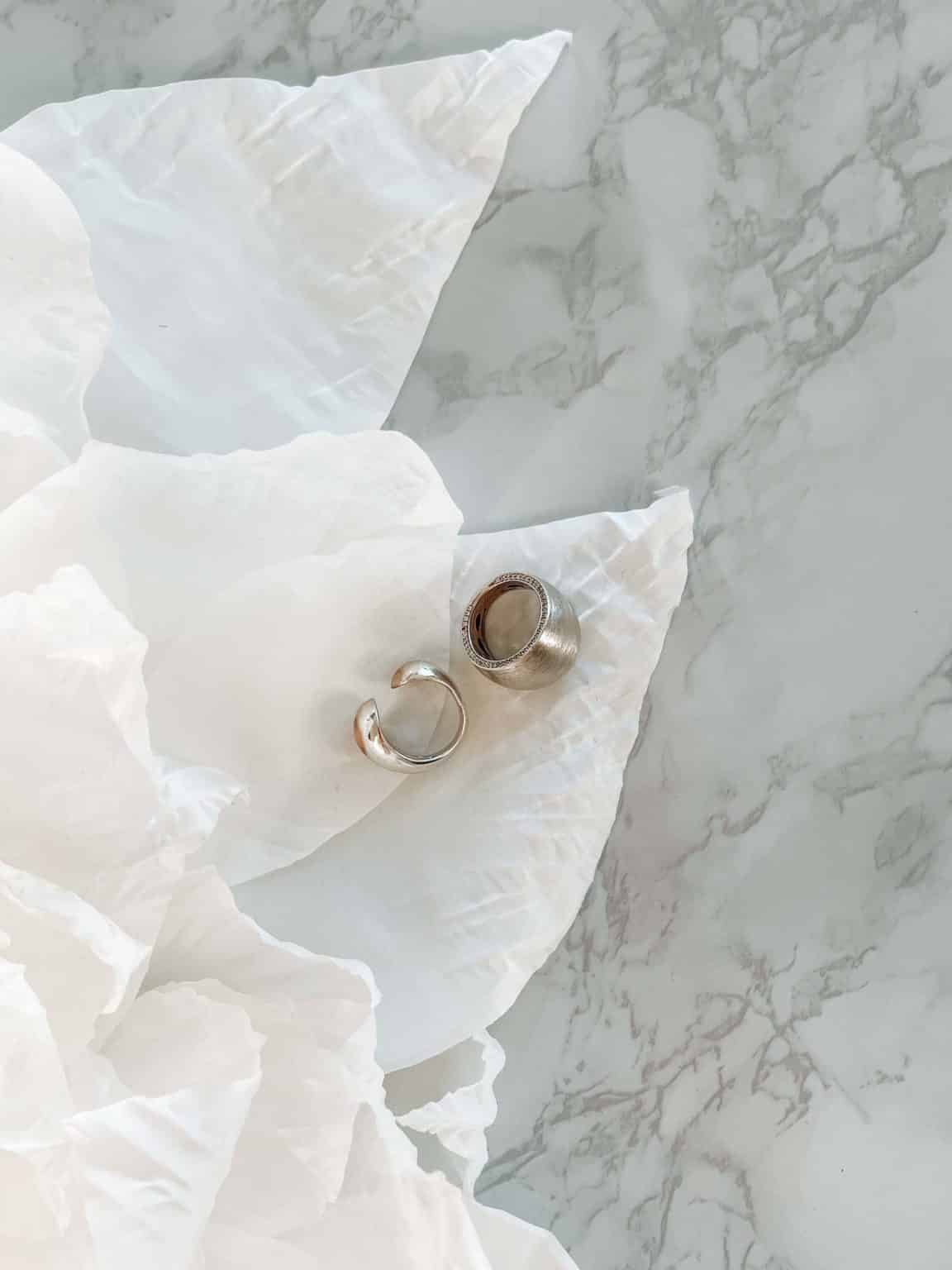
Composition and framing are essential for indoor photography. It allows you to create a story and a mood in your photos. The first tip is to use the rule of thirds. The rule of thirds is a guideline that divides the frame into thirds vertically and horizontally. Place your subject on one of the intersecting points for a more balanced and visually appealing shot.
The second tip is to use leading lines. Leading lines are lines that lead the viewer’s eye to the subject. It creates a sense of depth and draws the viewer’s attention to the subject.
The third tip is to use framing. Framing is using objects in the foreground to frame the subject. This technique creates a sense of depth and adds interest to your photos.
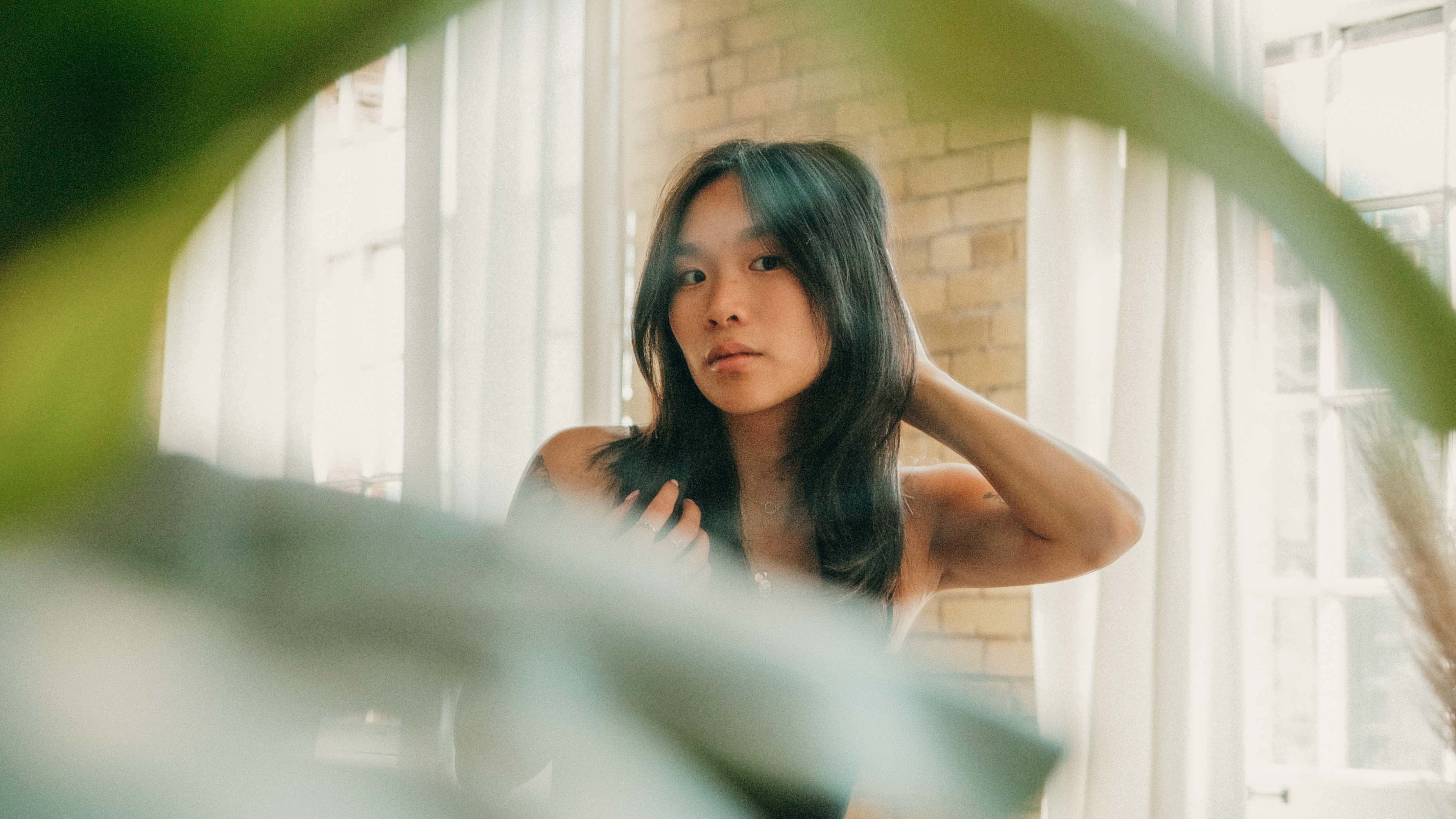
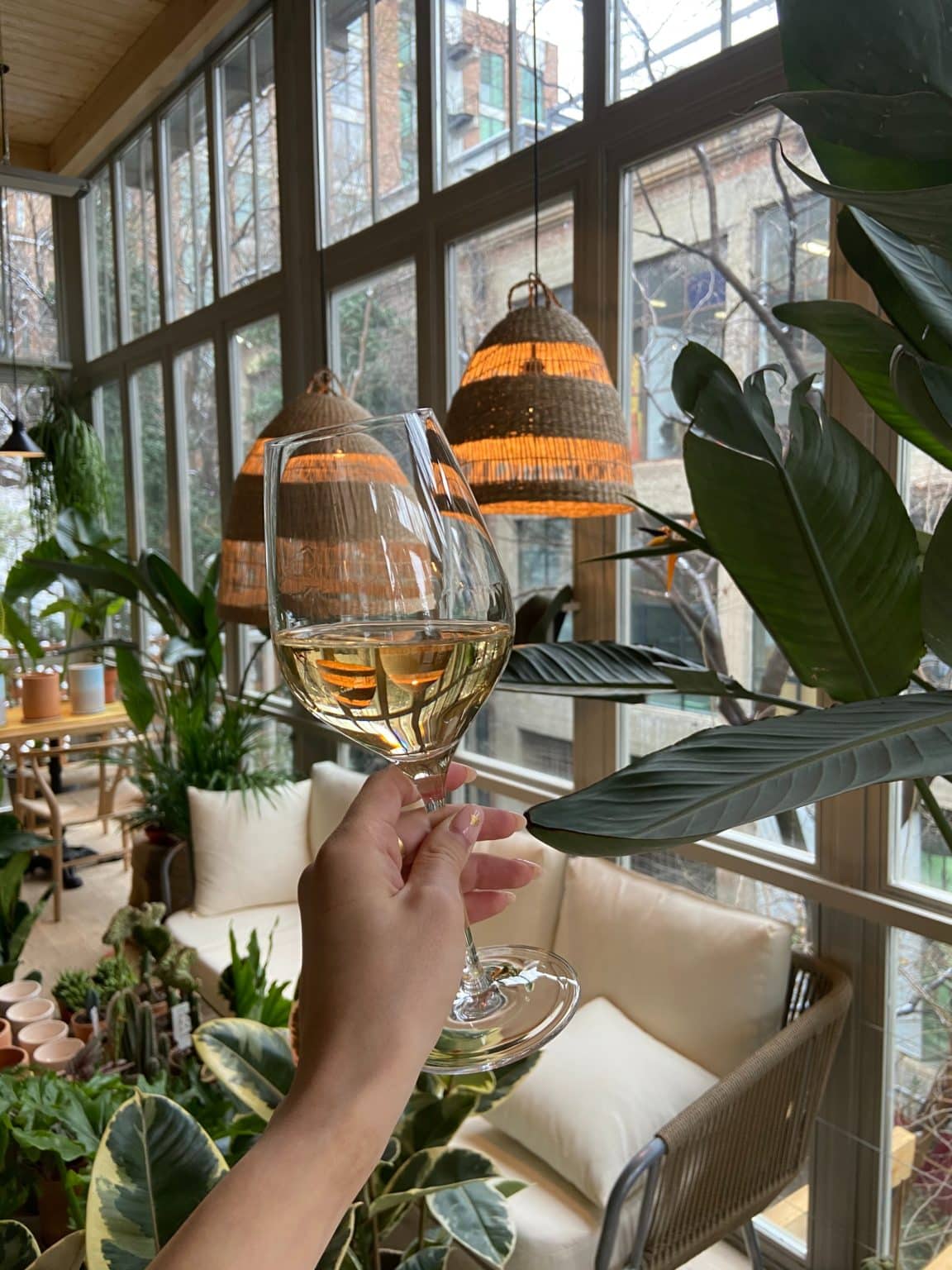

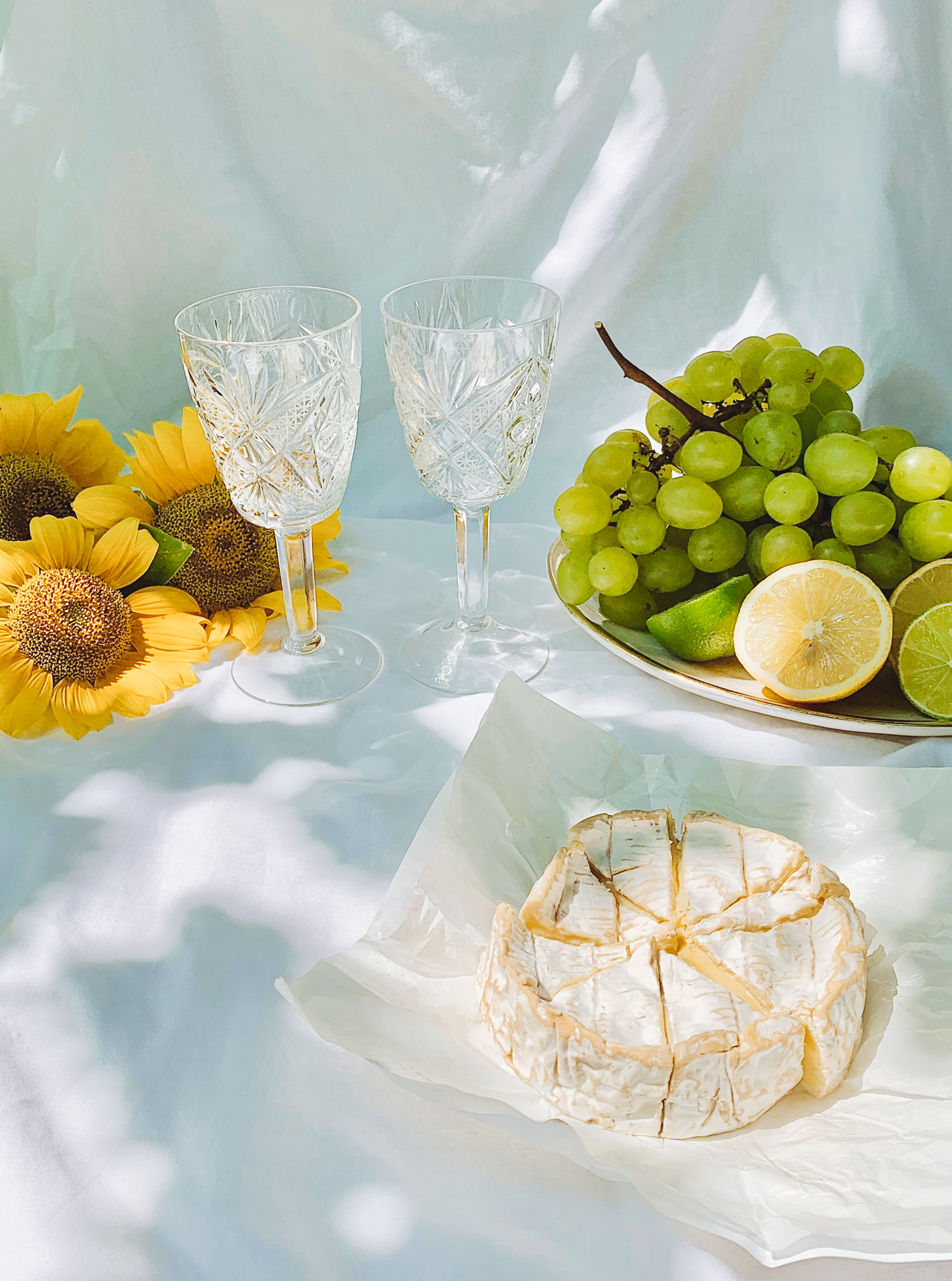
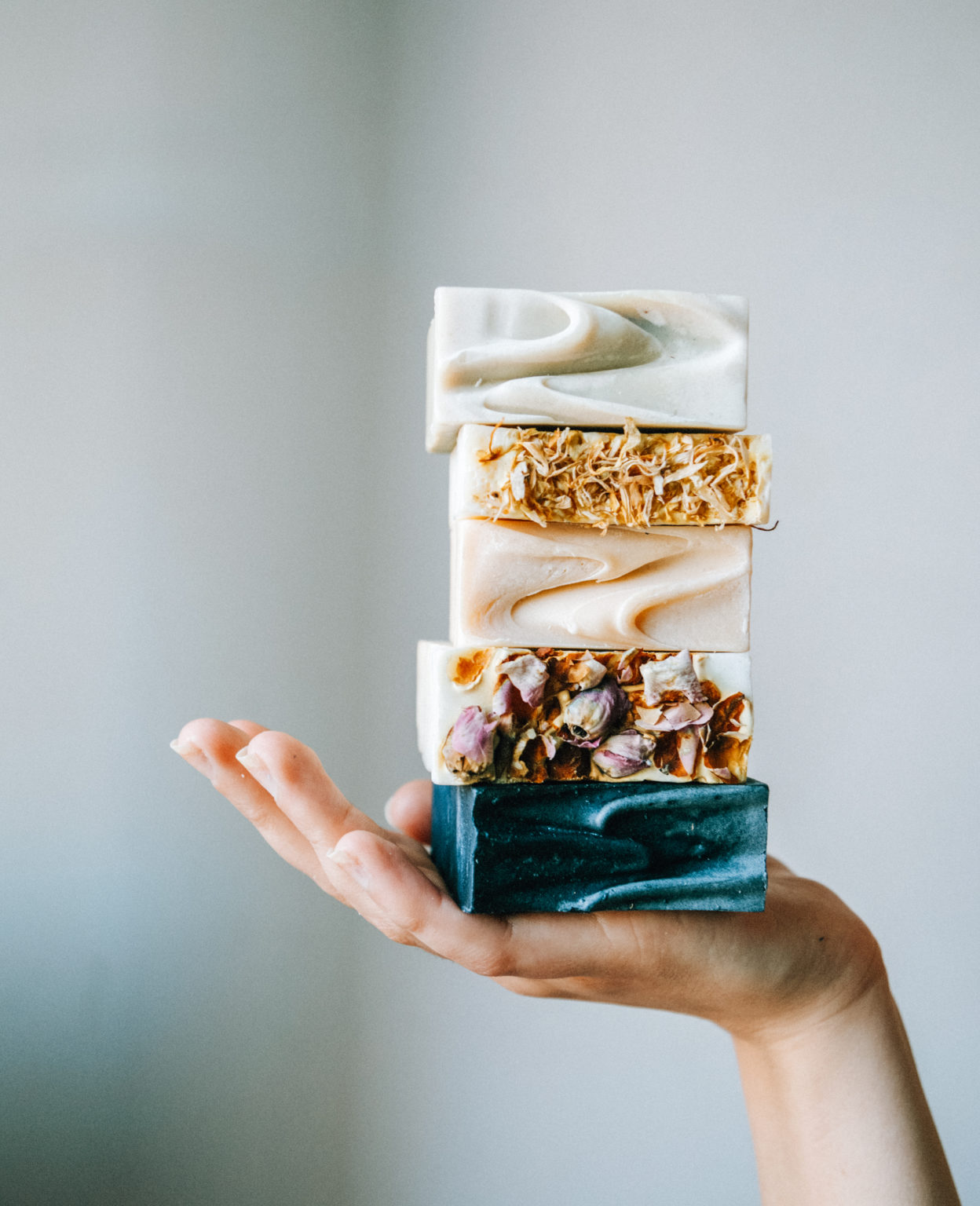
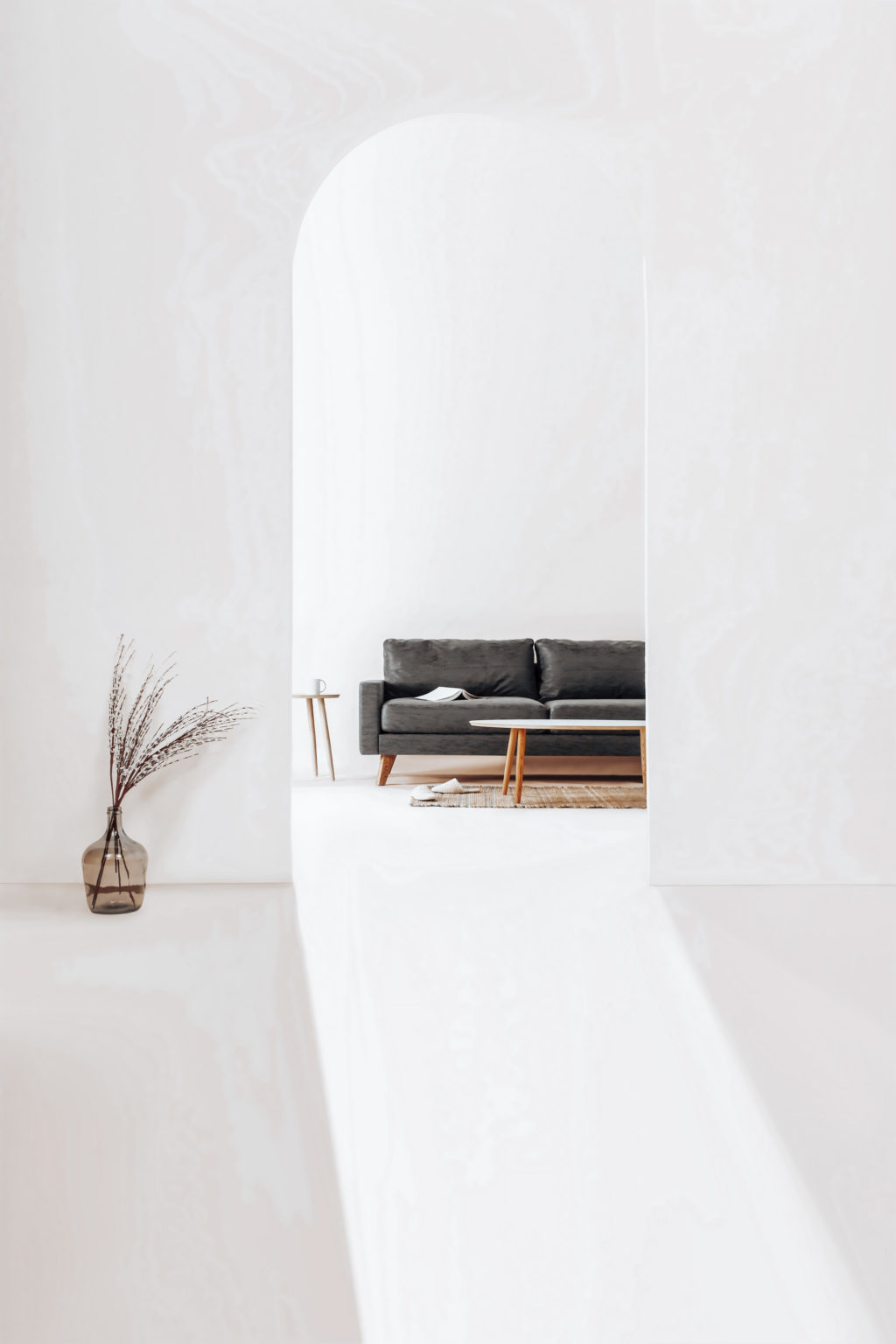
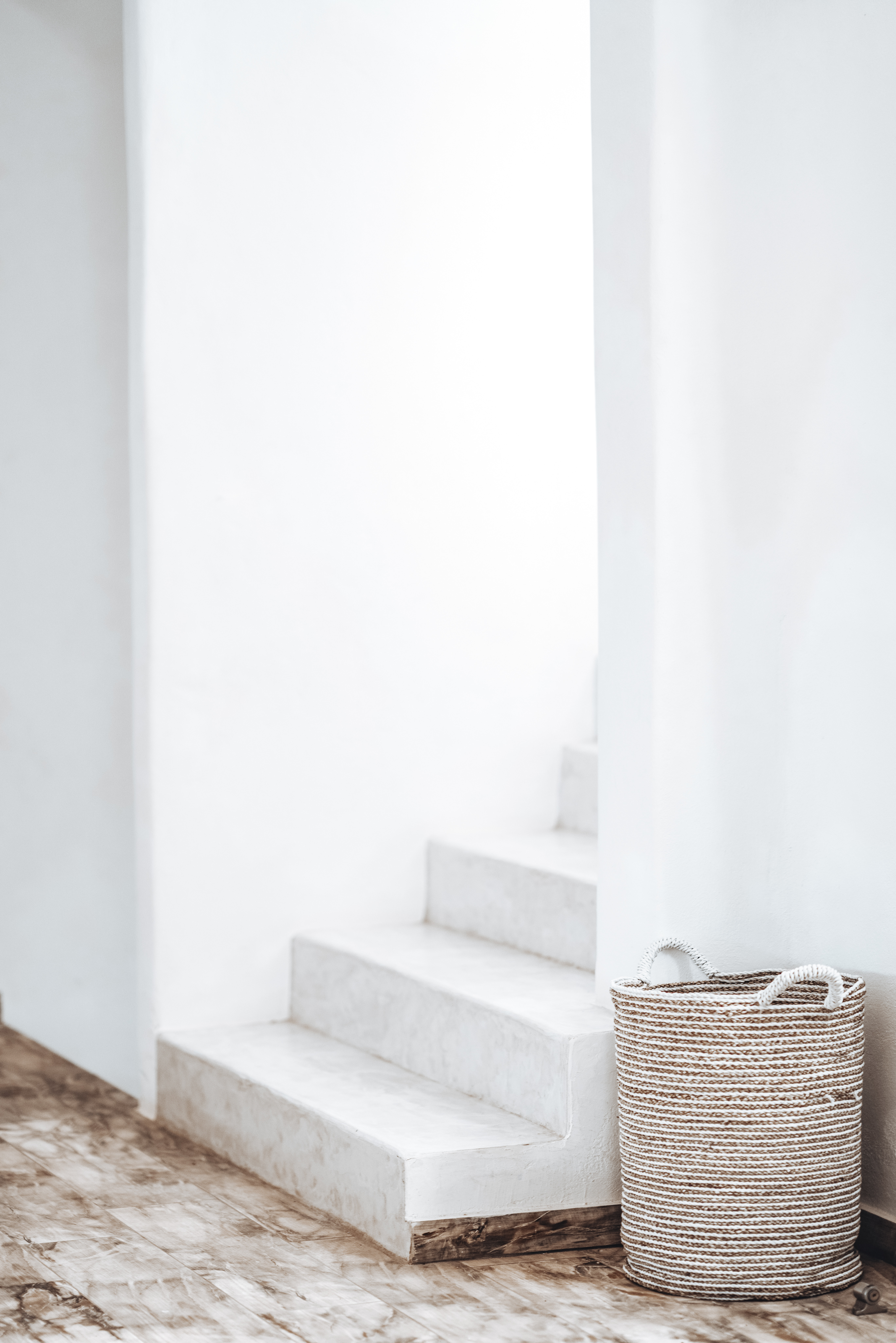
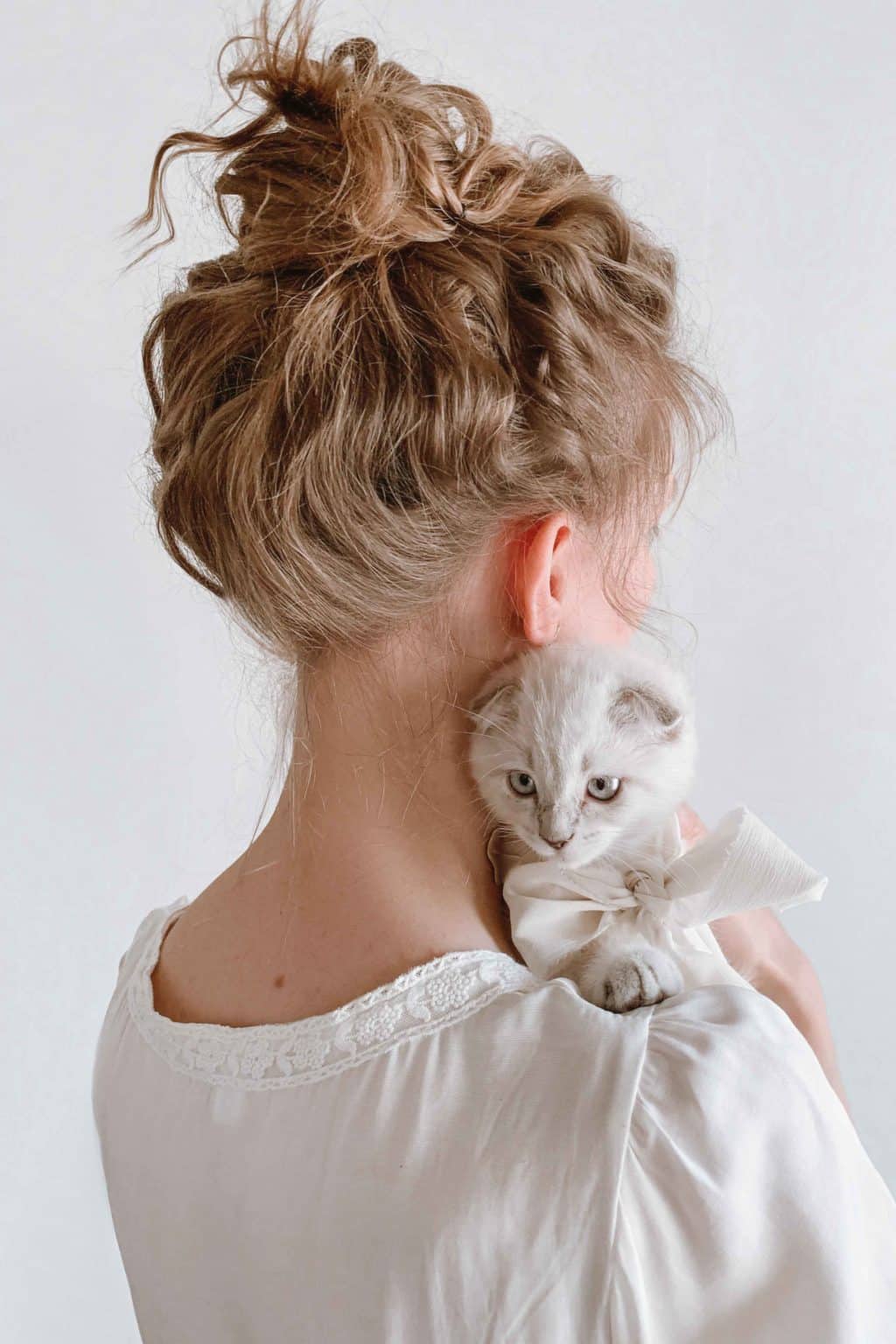



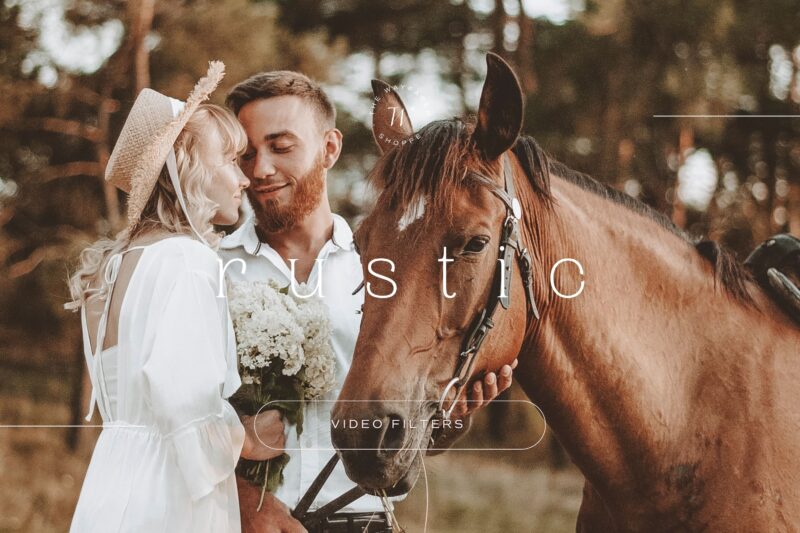
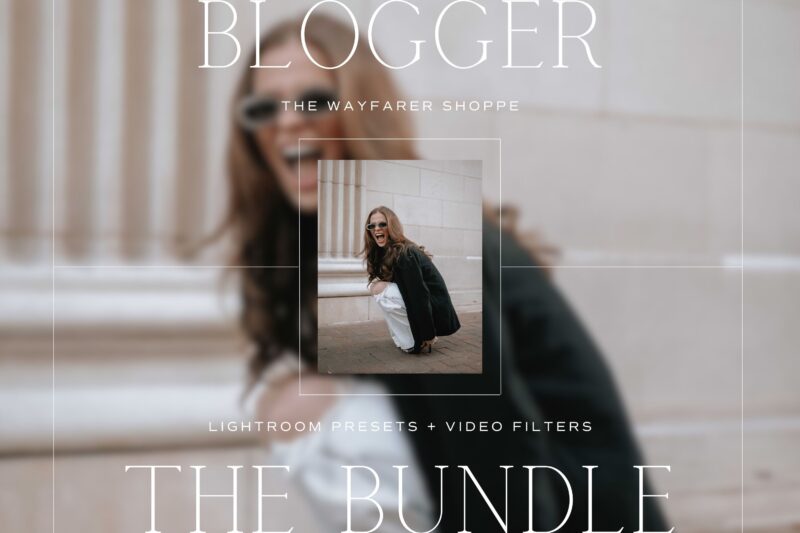


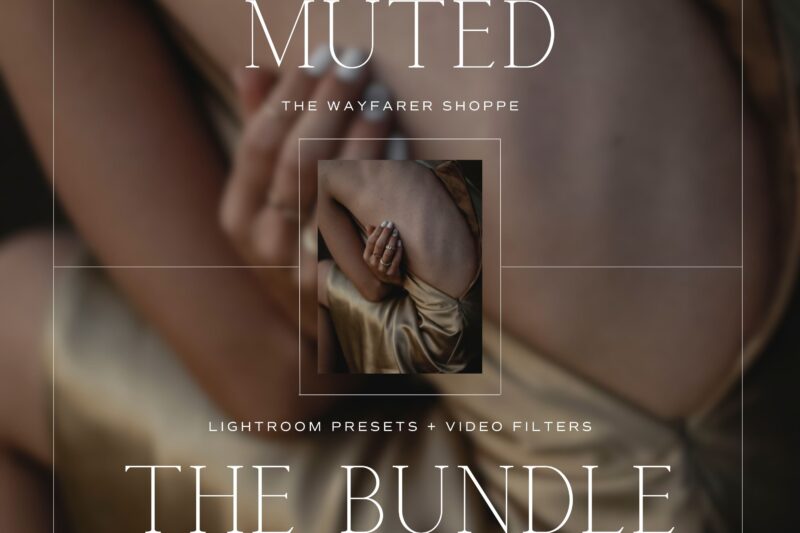

[…] Lighting plays a crucial role in photography and editing. Consistency in lighting can help create a harmonious look across your feed. Whether you prefer natural light or artificial lighting, try to maintain a consistent lighting style in your photos. This will help create a unified look and enhance the overall visual appeal of your feed. […]